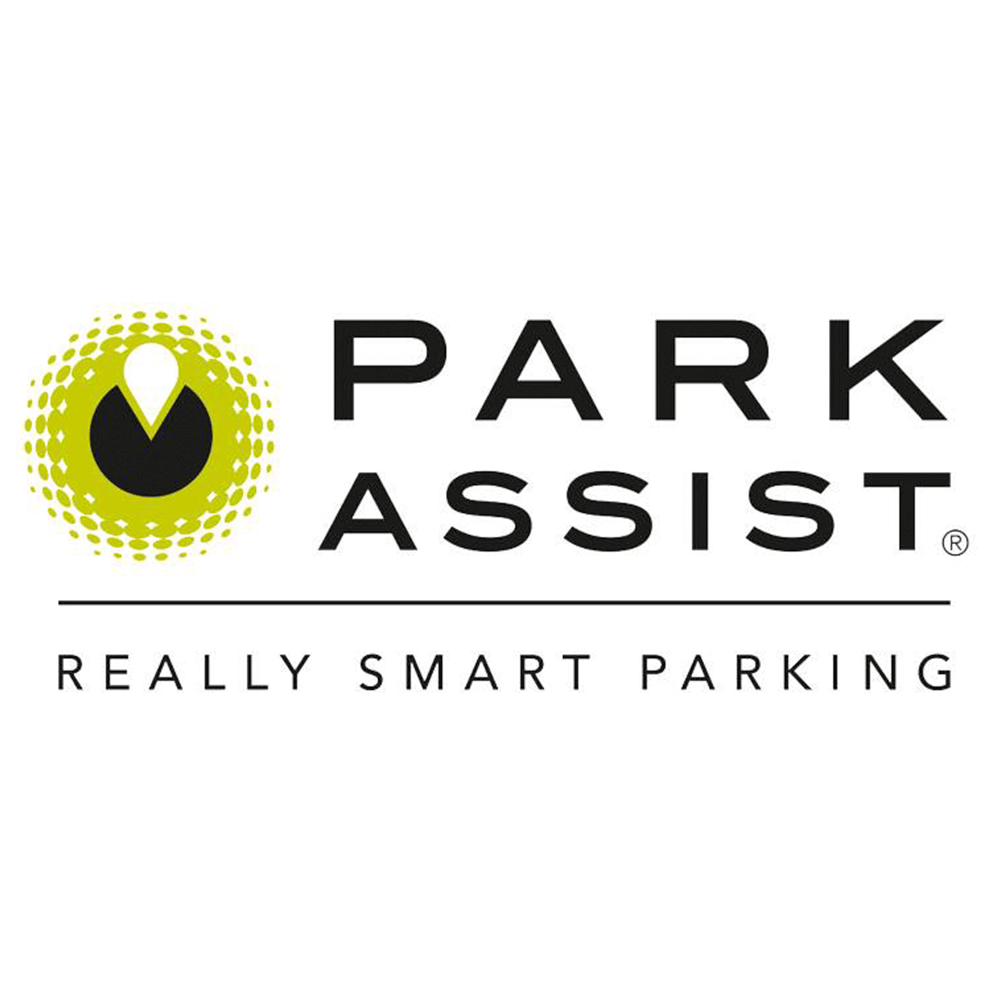What is Parking Guidance?
4 min read
Published on
Whether combatting traffic congestion, unclear direction, wasted space, or overfilled garages, the search for parking can be stressful and fruitless. For most people, the frustration that comes with navigating a busy garage is all-too-familiar. It is not only time-consuming and costly but also unnecessary. Parking guidance systems are the product of this mounting frustration and the increasing initiative to create smart and sustainable parking solutions. These systems are designed to help curate a positive parking experience by enhancing guidance and increasing the productivity of parking facilities. Combining technology, communication, traffic monitoring, and signage solutions, parking guidance systems help motorists quickly locate available parking spaces. But, not all systems are created equal.
The parking guidance industry is currently dominated by two primary forms of guidance: ultrasonic and camera-based.
Ultrasonic Parking Guidance Technology
Ultrasonic technology is more simple solution, providing a basic level of occupancy monitoring. The sensors are installed over every space, requiring a complex installation and a facility shutdown. They monitor single spaces, provide simple red/green light guidance, offer standard wayfinding signage to help customers locate available spaces, and provide basic occupancy data on garage activity. However, this is an outmoded technology; due to the limited data set it collects, it does not have the capacity for adding additional value over time.
Smart Camera-Based Parking Guidance Technology
Unlike ultrasonic, smart camera-based parking guidance solutions require substantially less hardware and support. With the ability to reserve specific parking bays, enforce and regulate facility policies, collect valuable license plate recognition (LPR) data, help locate vehicles, and track visitor behaviour, this advanced technology delivers an improved parker and operator experience.
Camera-based systems are installed quickly with little disruption to daily operations. With camera-based guidance, smart sensors with dual cameras are installed above the garage’s driving lane to monitor multiple spaces. This unique vantage point provides the cameras with an unobstructed view of the parked vehicles – while providing customers with clear sight lines for easy guidance and navigation.
Camera-based parking guidance systems not only offer light-based guidance to indicate available spaces but are equipped with sensors that can change to virtually any colour to indicate specific parking opportunities (permit parking, accessible spaces, premium bays, etc.). This, in turn, vastly improves the customer parking journey.
Both ultrasonic and smart camera-based software’s are built with an expanded capacity to support future upgrades with a wealth of features that can increase revenues, streamline operations, and heightened surveillance. Additionally, the data generated by these innovative “sensor with a brain” devices fuel the system’s built-in analytics and control platform, update digital wayfinding signage in real-time and empower future add-ons that deliver strategic benefits for visitors, parking lot owners and operators.
For years visitors, owners, and operators have been under the false belief that parking guidance was limited to just that: guidance. But, as the parking and mobility industry continues to evolve, it has become clear that these systems can and should do much more. The parking mobility journey is not limited to finding a space; neither is parking guidance. These systems are continually improving to accommodate growing business and consumer parking needs.
With a focus on providing customers with real-time data to enhance their parking decisions, parking guidance systems elevate the customer experience and increase satisfaction. They are also meant to maximize garage efficiency, expand revenue opportunities, improve security and enhance operational control.
Reference
Assist, P. (2020, August 14). What is parking guidance? Parking Industry. Retrieved June 27, 2022, from
Park Assist




